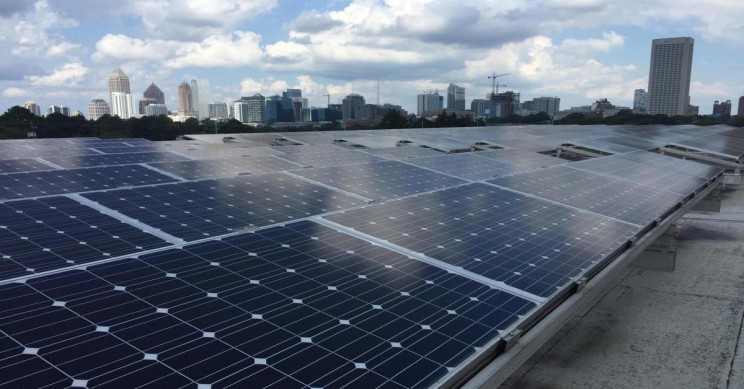The rising trend of creating products that have short life cycles simply for repurchase is causing environmental harm.
When designing and engineering sustainable technology, which is better: creating technology that is extremely durable or creating something that is potentially recyclable at the end of the product’s life cycle?
Though your answer may be “both”, in most cases this just does not work. In fact, a new study published in the journal Management Science, researchers discuss that these two goals tend to be at odds with each other.
Researchers from the Georgia Institute of Technology hope to facilitate an answer to this question as it could drastically help reduce the number of electronic waste filling up the landfills across the world by changing current government policies that are put in place.
The Debate Goes On
The issue is quite simple if you make a solar panel that is durable and that has a long product life, there is a good chance that the panel will not be able to be recycled at the end of its product life. Yet if you were to design that same panel to be recyclable the product life of that solar panel will not be as long. Here lies the conundrum.
According to Beril Toktay, a professor at Georgia Tech’s Scheller College of Business, “There is a lot of concern in sustainability circles that manufacturers are making things with shorter and shorter life spans, and products are perhaps even intentionally made to become obsolete to induce replacement purchases.”
“What we have found is that sometimes when you design for recyclability, you give up on durability, and when durability is the goal, recyclability is sacrificed.”
This issue drastically affects programs called extended producer responsibility laws or the policies that dictate how much effort companies put into what happens at the end of the product life cycle. However, there is not a one size that fits all answer.
Durability vs. Recyclability
In the paper researchers mention that in some cases, EPR policies could actually lead to increased waste generation if product designers make products more recyclable but less durable, doing more environmental harm than good. One way to tackle this issue is to go on a product by product basis.
Even more so, the researchers have come up with a mathematical model to help predict the impact EPR policies would have on products based on their materials and design characteristics.
The model takes into account the base production cost of the product, the degree of difficulty in increasing recyclability and durability, the degree of interaction between recyclability and durability in the product design, and the recycling properties of the product.
The aim is to eventually put into place a host of policies that force manufacturers to put more thought into the way they engineer and design products. According to Toktay, “Ultimately what we’re after is to find a way to do scenario analyses to determine what would be the best policy for different product categories.”
Would you design a product that is durable or recyclable?
Source: Interesting Engineering


